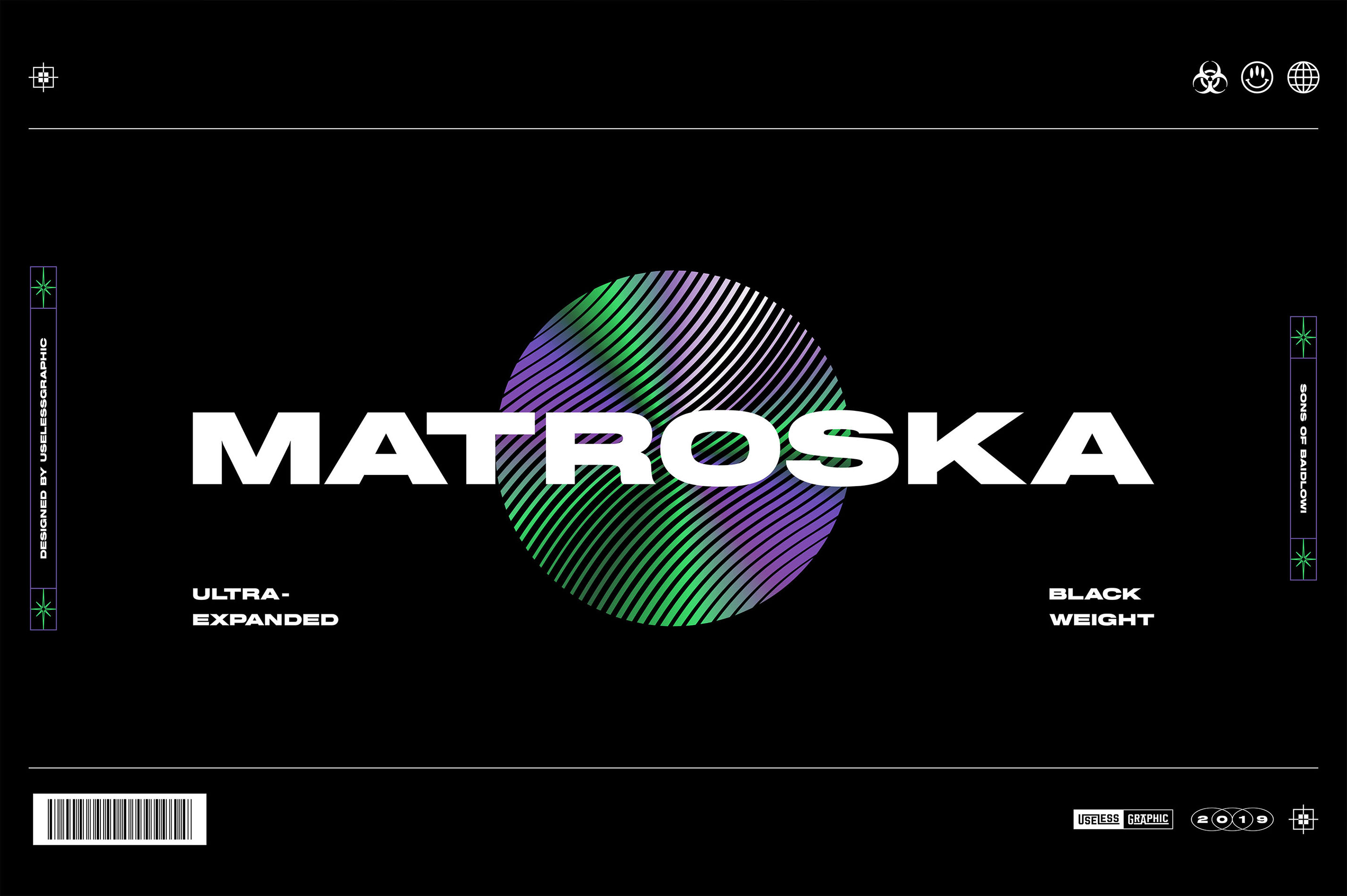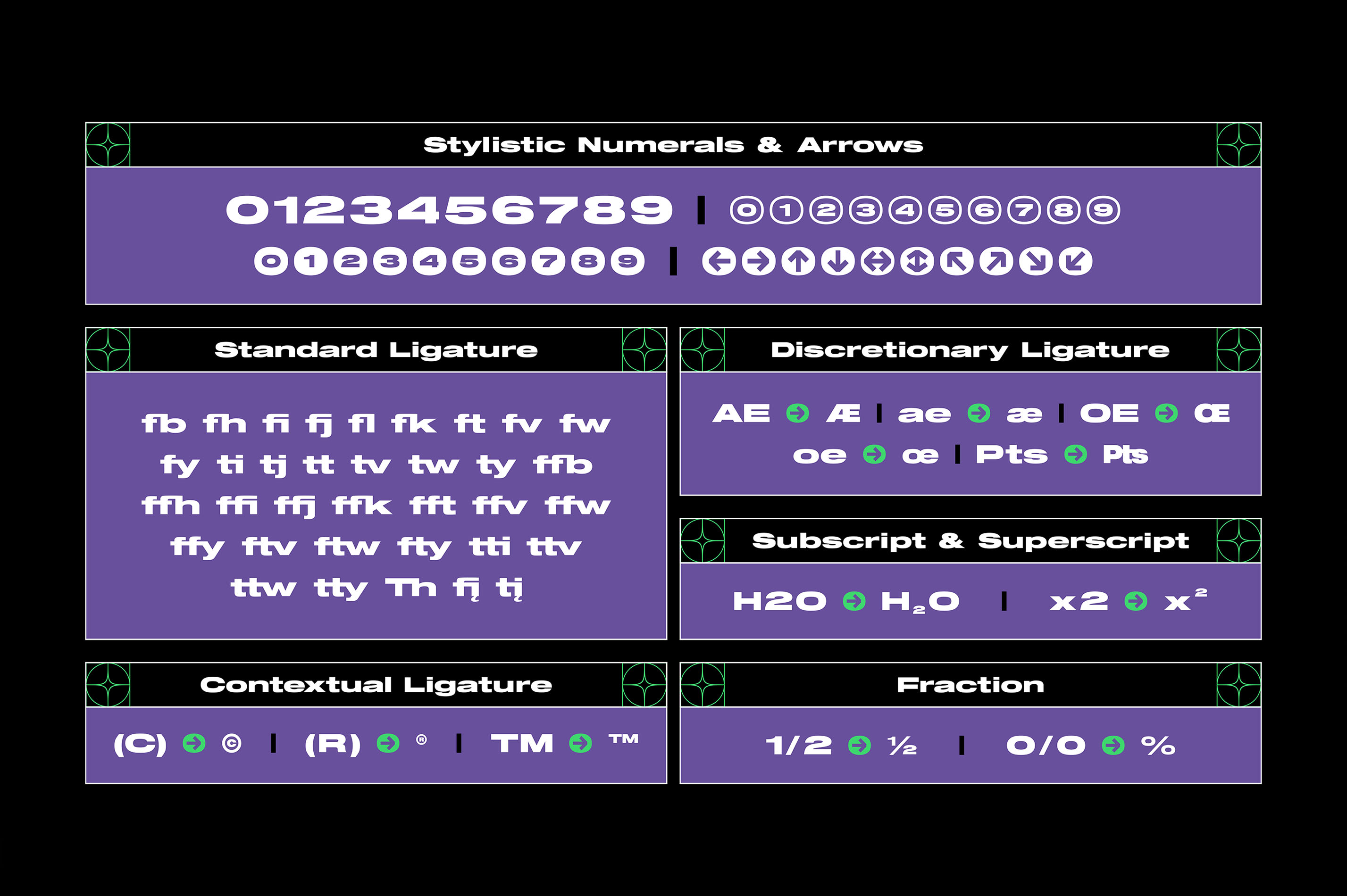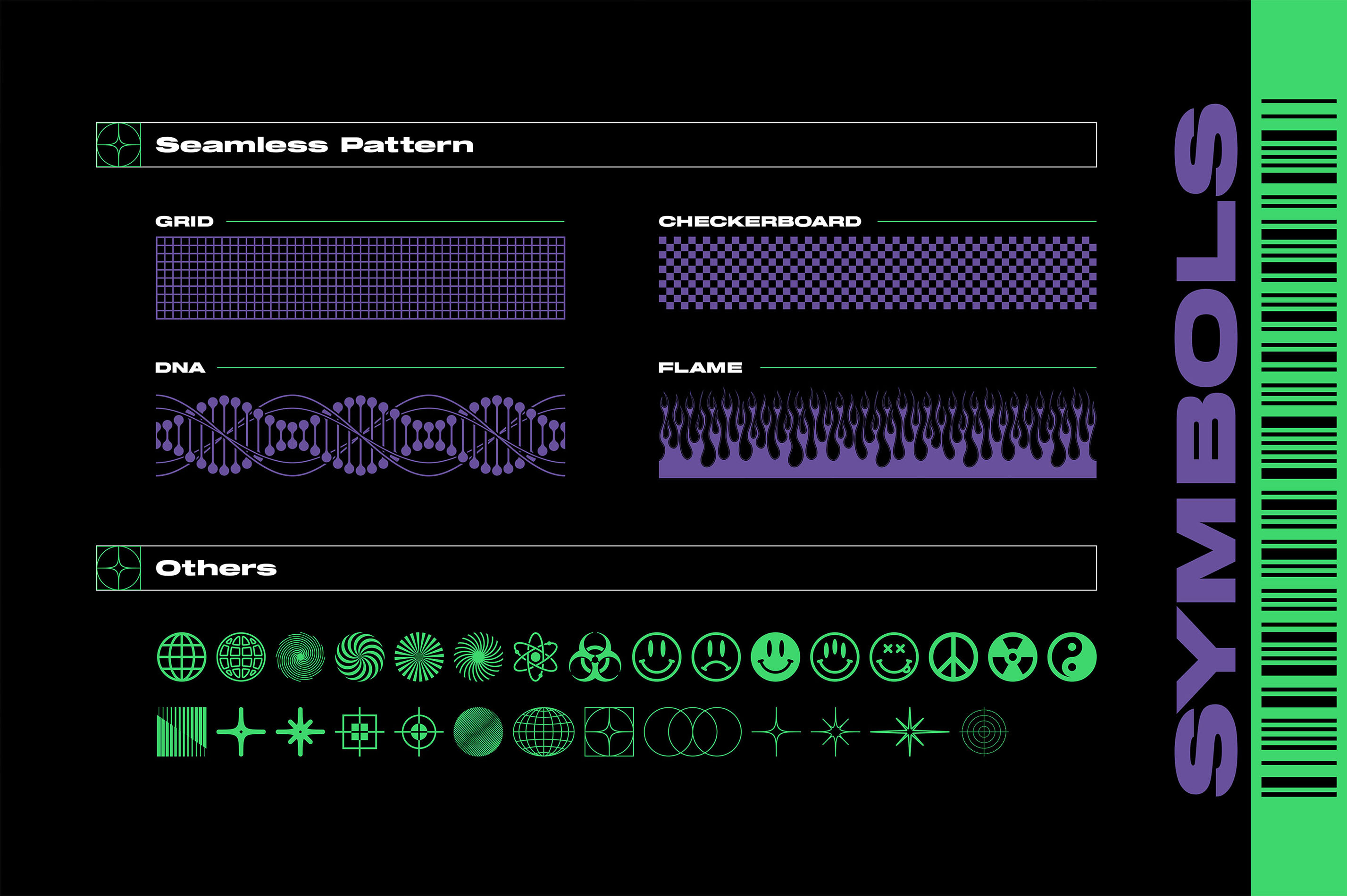Unlock The Power Of Matroska: Why This Format Is A Game-Changer For Media Enthusiasts
Hey there, fellow tech enthusiasts! Are you ready to dive deep into the world of multimedia formats? Today, we're talking about something truly revolutionary: matroska. This format has been making waves in the digital media scene, and trust me, it’s worth your attention. So, grab your favorite beverage, sit back, and let’s explore why matroska is more than just another file extension.
But first, what exactly is matroska? Well, it's not just a fancy name—it’s an advanced media container that can hold a variety of audio, video, and subtitle streams all in one file. Think of it as the Swiss Army knife of media formats, offering versatility, flexibility, and unmatched quality. In this article, we’ll break down everything you need to know about matroska, from its origins to its advantages, and why you should consider using it for your media needs.
Now, before we get too deep into the nitty-gritty, let’s talk about why you’re here. You probably stumbled upon this article because you’re either curious about matroska or you’re already using it and want to learn more. Either way, you’re in the right place. This article is packed with insights, tips, and practical information to help you make the most out of this incredible format. Let’s get started!
What is Matroska? Understanding the Basics
Alright, let’s get down to business. Matroska is an open-standard multimedia container format designed to store common multimedia content, including movies, TV shows, and even music. It’s like a digital vault that can hold all your favorite media files in one place. The beauty of matroska is its ability to support multiple audio and subtitle tracks, making it perfect for anyone who loves customizing their viewing experience.
Here’s the kicker: matroska is not just about storing files—it’s about enhancing them. With support for advanced features like chapters, metadata, and even 3D video, matroska offers a level of sophistication that other formats simply can’t match. Plus, it’s completely open-source, meaning no licensing fees or restrictions. Talk about a win-win!
Why Choose Matroska Over Other Formats?
Let’s face it: there are tons of media formats out there, each with its own strengths and weaknesses. So, why should you choose matroska? Here are a few reasons:
- **Flexibility:** Matroska supports a wide range of codecs, ensuring compatibility with almost any device.
- **Customization:** With multiple audio and subtitle tracks, you can tailor your media experience to perfection.
- **Quality:** Matroska delivers top-notch video and audio quality, making it ideal for high-definition content.
- **Open-Source:** No hidden fees or proprietary restrictions—matroska is completely free to use.
Now, let’s be real. While other formats might offer some of these features, none of them can match the all-around excellence of matroska. It’s like comparing a Ferrari to a bicycle—sure, they both get you from point A to point B, but one does it with way more style and power.
The History of Matroska: From Humble Beginnings to Global Recognition
Every great thing has a story, and matroska is no exception. The format was first introduced in 2002 by Lasse Kärkkäinen, a Finnish software developer who wanted to create a better alternative to existing media containers. Little did he know that his creation would go on to become one of the most popular formats in the world.
Over the years, matroska has evolved significantly, thanks to the hard work of a dedicated community of developers. Today, it’s supported by virtually every media player and device, making it the go-to choice for millions of users worldwide. But how did it achieve such widespread adoption? Let’s take a closer look.
Key Milestones in Matroska’s Development
Matroska’s journey has been nothing short of impressive. Here are some of the key milestones that have shaped its evolution:
- **2002:** The first version of matroska is released, introducing the world to a new era of multimedia containers.
- **2004:** Matroska gains support for advanced features like chapters and metadata, solidifying its position as a leading format.
- **2010:** With the rise of high-definition content, matroska becomes the preferred choice for storing and streaming HD videos.
- **2020:** Today, matroska continues to innovate, with ongoing development focused on improving compatibility and performance.
As you can see, matroska’s success is no accident. It’s the result of years of hard work, dedication, and a commitment to delivering the best possible user experience. And with its ever-growing list of features, it’s clear that matroska is here to stay.
How Matroska Works: A Technical Deep Dive
Now that we’ve covered the basics, let’s dive deeper into how matroska actually works. At its core, matroska is a container format, which means it doesn’t encode or decode media files itself. Instead, it acts as a wrapper, holding together various types of data in a single file. Think of it like a digital suitcase—everything you need is packed neatly inside, ready to be unpacked when needed.
One of the coolest things about matroska is its ability to support multiple codecs. This means you can use it with virtually any type of media file, from MP3 audio to H.264 video. And because it’s open-source, developers can easily add new features and improvements without worrying about licensing issues. It’s like having a blank canvas where the possibilities are endless.
Breaking Down the File Structure
So, what exactly goes into a matroska file? Here’s a quick breakdown:
- **Video Streams:** High-quality video content, often encoded using codecs like H.264 or VP9.
- **Audio Streams:** Multiple audio tracks, allowing you to switch between languages or audio types (e.g., stereo vs. surround sound).
- **Subtitle Streams:** Support for multiple subtitle formats, including SRT and ASS, ensuring you can enjoy content in your preferred language.
- **Metadata:** Information about the file, such as title, artist, and album details, making it easier to organize your media library.
As you can see, matroska is more than just a container—it’s a complete ecosystem for managing and enjoying your media files. And with its modular design, it’s easy to customize and expand as your needs grow.
Advantages of Using Matroska
By now, you’re probably wondering: what’s so great about matroska? Well, the answer is simple—it offers a ton of advantages over other media formats. Here are just a few:
- **Compatibility:** Matroska is supported by virtually every media player and device, ensuring seamless playback across all platforms.
- **Quality:** With support for high-definition video and lossless audio, matroska delivers an unparalleled viewing experience.
- **Customization:** Multiple audio and subtitle tracks give you complete control over how you consume your media.
- **Efficiency:** Matroska files are often smaller than other formats, making them easier to store and share.
But don’t just take my word for it. Let’s look at some real-world examples of how matroska is being used today. From streaming platforms to personal media libraries, matroska is the go-to choice for anyone who demands the best from their media files.
Real-World Use Cases
Matroska isn’t just for tech enthusiasts—it’s being used by millions of people around the world. Here are a few examples:
- **Streaming Platforms:** Many popular streaming services use matroska to deliver high-quality video and audio to their users.
- **Personal Media Libraries:** With its ability to store multiple streams in a single file, matroska is perfect for organizing and managing large collections of media.
- **Professional Use:** Filmmakers and video editors often use matroska for its flexibility and compatibility with a wide range of editing software.
As you can see, matroska’s versatility makes it an ideal choice for a wide range of applications. Whether you’re a casual viewer or a professional content creator, matroska has something to offer you.
Challenges and Limitations of Matroska
Of course, no format is perfect, and matroska is no exception. While it offers a ton of advantages, there are a few challenges and limitations to be aware of. Let’s take a closer look:
- **Complexity:** Matroska’s advanced features can be overwhelming for beginners, especially when it comes to encoding and decoding files.
- **Compatibility Issues:** While matroska is supported by most devices, there are still a few older systems that may struggle with playback.
- **File Size:** While matroska files are generally smaller than other formats, they can still be quite large when dealing with high-definition content.
Despite these challenges, matroska remains one of the most popular media formats in the world. And with ongoing development and improvements, many of these issues are being addressed over time.
How to Overcome These Challenges
So, how can you overcome these challenges and make the most out of matroska? Here are a few tips:
- **Use the Right Tools:** There are plenty of great tools and software available that make working with matroska a breeze.
- **Stay Updated:** Keep your devices and software up to date to ensure maximum compatibility and performance.
- **Optimize Your Files:** Use compression techniques to reduce file size without sacrificing quality.
With a little bit of effort, you can easily overcome any challenges you might face when using matroska. And trust me, the results are well worth it.
Matroska vs. Other Formats: A Side-by-Side Comparison
Now, let’s compare matroska to some of its competitors. How does it stack up against other popular media formats? Here’s a quick breakdown:
- **MP4:** While MP4 is widely used and supported, it lacks the advanced features and customization options offered by matroska.
- **AVI:** AVI is an older format that’s been largely replaced by newer alternatives like matroska, which offer better quality and compatibility.
- **MKV:** MKV, or Matroska Video, is essentially the same as matroska but with a different file extension. It’s often used interchangeably with matroska.
As you can see, matroska stands out from the crowd thanks to its advanced features, flexibility, and open-source nature. It’s the perfect choice for anyone who demands the best from their media files.
Why Matroska is the Clear Winner
When it comes to choosing a media format, matroska is the clear winner. Its ability to store multiple streams, support advanced features, and deliver top-notch quality makes it the ultimate choice for media enthusiasts. And with its growing popularity and ongoing development, it’s only going to get better over time.
Getting Started with Matroska
Ready to start using matroska? Here’s a quick guide to help you get started:
- **Download the Right Software:** There are plenty of great tools available for working with matroska, including VLC Media Player and MKVToolNix.
- **Convert Your Files:** If you have existing media files in other formats, you can easily convert them to matroska using free tools like HandBrake.
- **Experiment with Features:** Don’t be afraid to experiment with matroska’s advanced features, like multiple audio and subtitle tracks, to find what works best for you.
With a little bit of effort, you’ll be up and running in no time. And trust me, once you start using matroska, you’ll never want to go back.
Tips for Maximizing Your Matroska Experience
Here are a few tips to help you get the most out of matroska:
- **Organize Your Files:** Use metadata to keep your media library organized and easy to navigate.
- **Backup Your Files:** Regularly back up your matroska files to ensure you don’t lose any important data.
- **Stay Updated:** Keep your software and devices up to date to take advantage of the latest features and improvements.
By following these tips, you’ll be able to enjoy everything matroska has to offer while avoiding common pitfalls.



Detail Author:
- Name : Sterling Stark
- Email : cecilia.kris@gmail.com
- Birthdate : 1999-11-08
- Address : 369 Gislason Village Apt. 623 East Jay, UT 75000-3739
- Phone : 731-549-8994
- Company : Hessel, Legros and Rath
- Job : Marketing VP
- Bio : Beatae recusandae ipsa eligendi a eos. Eos qui iusto omnis amet. Id sit nam optio ad et dolores. Asperiores incidunt delectus aliquam. Consequatur consequatur fugit impedit hic fuga.